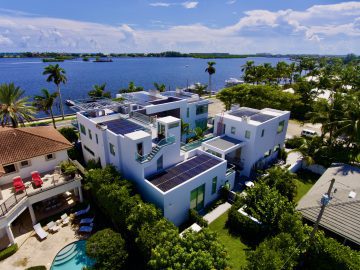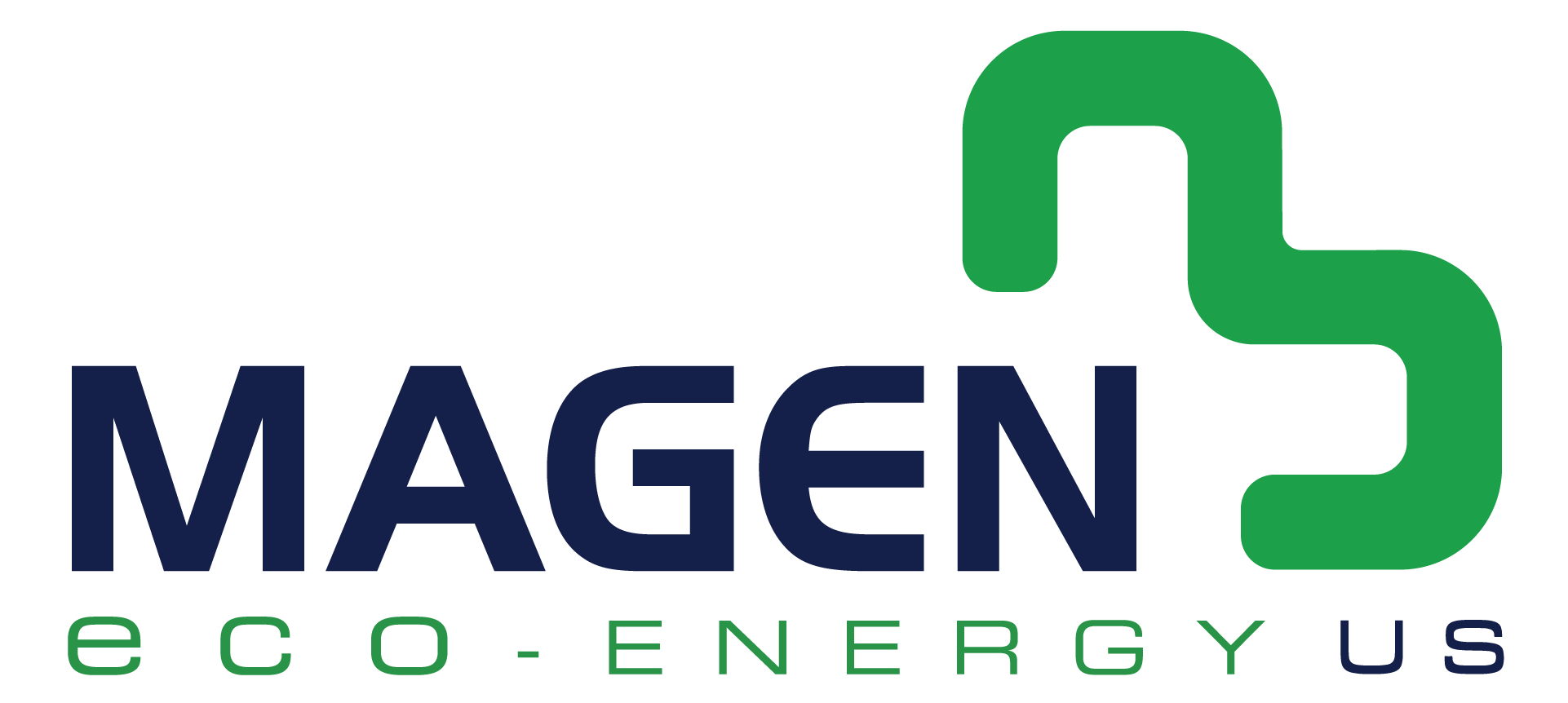When it comes to heating your home’s pool, if you’re looking for a variety of benefits like reducing your energy bill, increasing your property value, extending your swim season and making your carbon footprint smaller, solar pool heating systems are a great place to start. Solar pool heating is an environmentally friendly and virtually maintenance-free option that requires no operating costs after installation.
First, How Does Solar Pool Heating Work?
Before diving into the key factors to be mindful of when considering solar pool heaters, it’s important to have a solid understanding of how they actually work. At a high level, here’s the basic process so you can see how they work for you and your energy costs:
- Your pool water is directed through a series of valves to your solar collectors.
- Water enters collectors through the bottom and rises to the top through individual tubes.
- As the water gradually rises, it’s heated by the sun’s natural and radiant energy.
- The heated water returns to the pool and repeats the cycle until your pool has been warmed to your desired temperature.
- Jump in! (Or just dip your toes in, if you’re that kind of swimmer.)
Learn more about the benefits, costs and FAQs about solar pool heating now.
5 Key Factors to Consider with Solar Pool Heating Systems
Now that you have a better understanding of how solar pool heating works, if you’re considering adding a system to heat your pool, there are a few things that come into play that are important to consider before you install:
1. The Size of Your Solar Pool Heating System
One of the first things to keep in mind while browsing solar pool heating systems is size. Ensuring the proper size of a solar pool system is important for producing ideal results. Sizing a solar swimming pool heating system takes the following into account:
- Pool size
- Length of swimming season
- Average regional temperatures
- Desired pool temperature
- Collector orientation and tilt
- Collector efficiency
- Use of a solar pool blanket or cover
To better explain this, the surface area of your solar collector should equal 50%–100% of the surface area of your pool. In cooler and cloudier areas, you may need to increase the ratio between the collector area and the pool surface area. Adding collector square footage also lengthens the swimming season.
In the state of Florida, a typical outdoor swimming pool measures around 15 feet by 30 feet. This typically requires a collector that equals 100% of the pool’s square footage to accommodate year-round use. This equals 450 square feet of collectors.
However, in other areas around the U.S. like northern California, for instance, most people use outdoor pools 6 – 8 months per year, so they typically size their systems at 60% – 70% of the pool’s surface area.
2. The Size of Your Pool Pump
Another important factor to consider is the size of your pool pump. When making your selection, you should ensure you have the correct sized pool pump for a solar pool heating system.
If you’re replacing a conventional pool heating system with a solar system, you may need a pump larger than your current one or a separate, smaller pump to move the pool’s water to and through the collectors. To increase energy efficiency and lower costs, variable speed pool pumps are a great solution.
3. Your Roof Type

Another common concern for those considering solar pool heating systems is the roof penetrations that are needed upon installation. For maximum exposure to the sun, you’ll want your solar panels to be mounted in a way that provides the best orientation and tilt possible. Understand that these systems can be mounted on most types of roofs, however, this is based on location.
4. Permit Requirements
Your solar panel project will likely require certain permits to be obtained for installation to happen. There are different regulations and requirements for mounting solar panels based on location, and local permit municipalities will be able to instruct on regulations for inspections, installations and wind lift.
This is why it’s important to select a certified installation company with proper licensing, insurance and a good track record of reviews to ensure proper installation hardware, sealant for penetrations and attachment location are all taken into account.
5. Your Location (in Relation to the Sun)

If your home is in the Sunshine State, it’s likely you receive plenty of exposure to sunlight, which is what’s needed to generate energy to heat your pool. However, if your home happens to be situated in a spot that is completely shaded, this form of heating may not be the best option for you, as there will be a significant lack of energy absorbed. Learn more about where some of the best places in the U.S. are to have solar panels installed.
Installing Your Solar Pool Heating System
At UMA Solar, we offer superior solar panel heating systems to suit a variety of needs. Plus, when you use one of our authorized dealers, all labor costs are included in your system’s warranty.
Learn more about solar pool heating online, or, if you’d like assistance with finding a dealer/installer in your area, contact us today and we’ll get you started.


![4 Steps To Solar Pool Heater Installation [Infographic] 2](https://umasolar.com/wp-content/uploads/2021/07/shutterstock_80322160-scaled.jpg)
![How Solar Pool Heating Systems Work In 6 Steps [Infographic] 3](https://umasolar.com/wp-content/uploads/2021/09/child-with-father-in-swimming-pool-Arizona-2021-04-02-21-00-06-utc-scaled-1.jpg)



